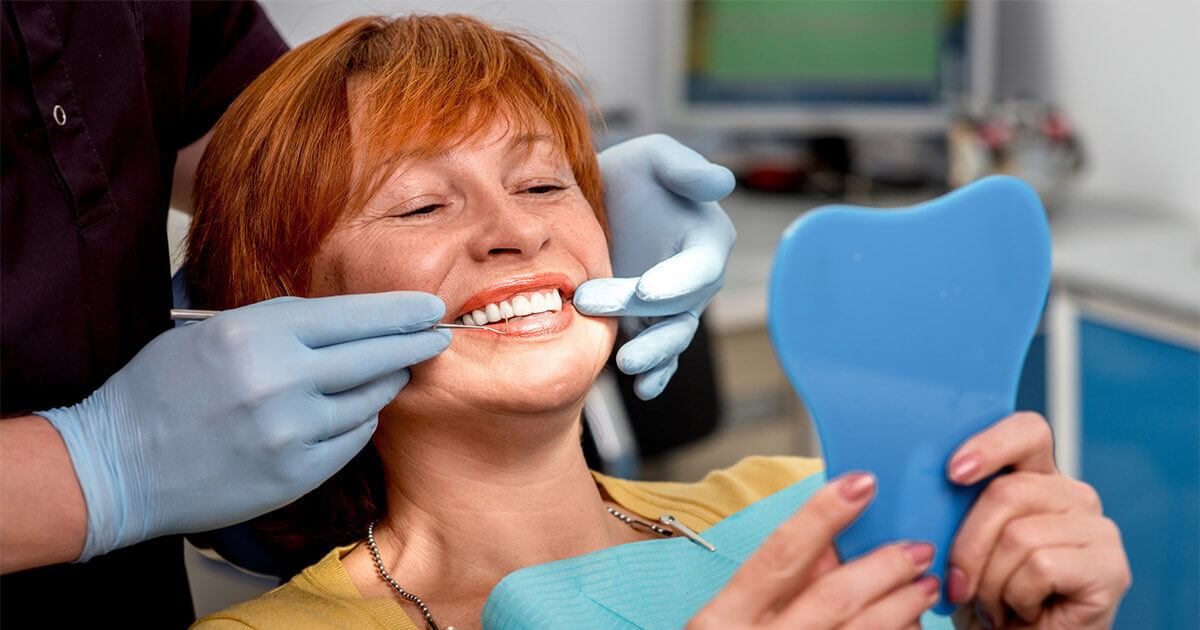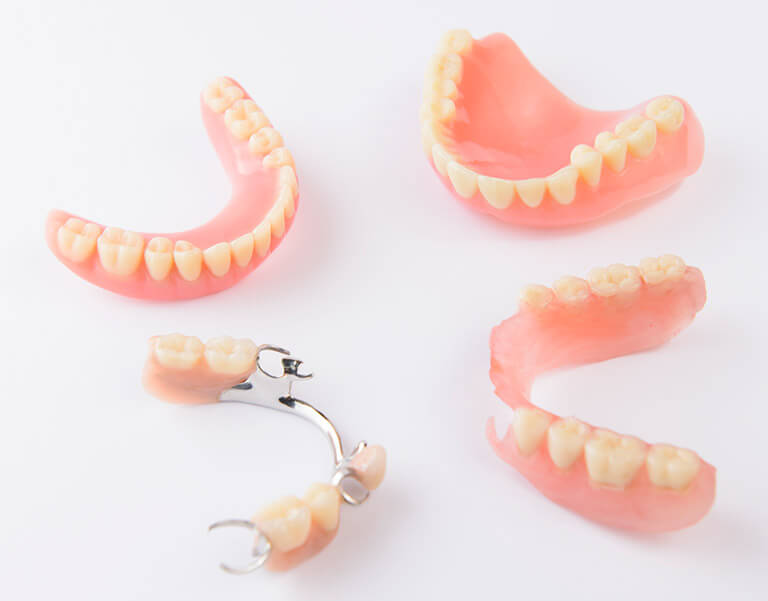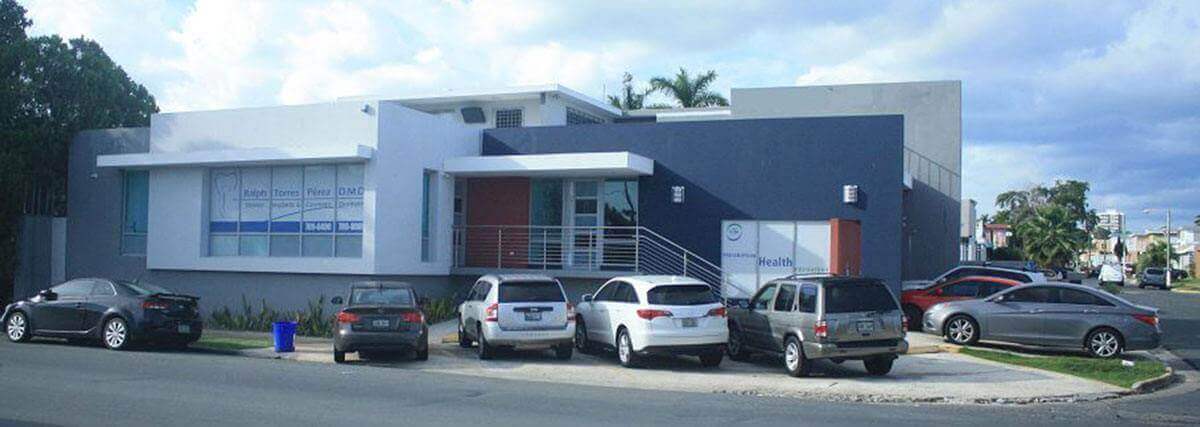
Dental Bridges Help You Smile Normally
Dental bridges have long been a great option when one or more permanent teeth are missing. There are several types, and before placement, the cosmetic dentist will take into account the health and oral conditions of the patient. You must have healthy teeth, a strong bone structure and no serious medical conditions. After the preliminary diagnosis, the specialist will begin preparing the treatment, taking impressions or digital scanning of the teeth. Then, the laboratory will proceed with the manufacture of the dental prosthesis, paying attention to the physical characteristics of the person.
What are dental bridges? How many types are there? Next, we will explain everything you need to know about this type of prosthesis that can be made in Puerto Rico by the best specialists in dental aesthetics.
What is a dental bridge?
A dental bridge is a structure made up of several interlocking pieces. It is a type of prosthesis that fits into a person's chewing apparatus, to close spaces in their teeth. It is fixed by means of a dental cement on the natural dental pieces, simulating the shape of various teeth. They can be made of different materials, although the most used are metal, ceramic and resin.
Prosthodontics is the branch of dentistry that is responsible for designing and manufacturing dental prostheses. Its objective is the recovery of the functionality and aesthetics of dentures that are affected by the loss of one or more teeth.
Function of dental bridges
In our mouth we have basic functions such as shaping sounds (phonation), smiling and chewing. That is why, when losing one or more teeth, people cannot carry out activities like these normally. Also, it is important to add that the teeth present displacement throughout life. Consequently, losing a tooth cannot prevent the rest from moving, losing their place. When this happens, different problems can arise, such as jaw pain and malpositions. Therefore, the main function of dental bridges is to dynamically and naturally restore the oral system.
Location of dental bridges
A missing tooth can pose oral health risks. In fact, when there is an empty space, the neighboring teeth will begin to move until they occupy it. The placement of dental bridges has several advantages because they are made of resistant materials. In addition, it is a long-term solution and is usually less expensive than dental implants. Let's see what are the types of dental bridges, according to their location:
Anterior dental bridges
They are located in the front part of the denture, which requires a better finish. For this type of dental bridges, specialists seek to create a natural appearance and harmony between the set of teeth, gums and the bridge. Therefore, for its preparation it is necessary to use materials that provide aesthetic properties.
In general, ceramic materials are used when fabricating frontal dental bridges due to their transparency. It is a feature that adds a natural appearance to artificial teeth. At the same time, a color adjustment can be made to mimic the shade of natural teeth. The ceramic material is of high quality and has a lower resistance index in terms of masticatory loads, unlike other materials such as resin. However, the anterior teeth are not subjected to high pressures like the molars. Therefore, ceramic prostheses can provide good results in their resistance and durability.
Posterior dental bridges
Unlike previous dental bridges, these require high strength rather than aesthetics. The bite of an adult exerts an average pressure that can be equivalent to 70 kg or 154 lbs. Therefore, for its manufacture, a material must be used that can withstand this amount of force to successfully restore masticatory function.
Generally, the pontics used for posterior dental bridges are made with resinous materials because they provide the necessary level of resistance. The density of this material makes the pieces a bit dark. What makes it cost the production of artificial teeth with natural shades.

What kind of dental bridges are there?
Currently, there are different types of dental bridges available that can be adjusted to the restorative needs of each person. Once the dentist evaluates the oral condition of his patient, he recommends what type of material his bridge should be built with:
Traditional bridges: They can be placed when you still have natural teeth on either side of the space left by the missing tooth. They provide great comfort when it comes to distributing the force of the normal bite that is compromised by missing teeth. In addition to their comfort, if correct hygiene is maintained at home, bridges will remain at their optimum level for a long time. For its placement, it is necessary to remove part of the dental structure of the abutment teeth. In this way, enough space can be left for the crowns.
Cantilever bridges: Also known as cantilever bridges, they bring the pontic piece anchored only on one side to the abutment tooth. In some cases, fewer pieces are carved because one abutment piece is capable of supporting a bridge of two. However, specialists do not recommend placing this type of bridge in the back of the mouth. This is because a lot of chewing force is applied in this area and the weight of the lever arm on the tooth could be too much.
Maryland bridge: Characterized by its conservative nature and design. Its pontic piece consists of two lateral wings that are anchored on the adjacent teeth on their internal face. They are generally used on the front teeth and abutment teeth require little preparation for placement. However, before its placement it is necessary to make an evaluation of the bite. In this way, it can be known if it is a viable option for the patient.
Supported bridge: They are similar to traditional bridges, since they have a structure of one or more pontics and crowns at their ends. It is the most indicated for serious cases such as edentulism (absence of definitive teeth in both arches), when several teeth have been lost. Certain diseases or treatments can cause massive missing teeth. However, a supported bridging treatment can be done so that a person with edentulism and a degree of total loss can return to eating, speaking and smiling normally.
Care and duration of the dental bridge
The dental bridge is a long-term solution, although its duration may depend on each particular case. In general, its duration can be between 10 to 15 years, although its useful life will depend on attendance at medical visits for its review and other care:
Daily hygiene: Daily hygiene consists of good brushing techniques and the use of mouthwash to properly clean the mouth. It is a task that must be done daily to give the dental bridge a useful and healthy life.
Diet: Experts recommend avoiding sweets and hard foods like popcorn and candy. Also, it is important to minimize the consumption of sugars, since they could lodge in the area of the crowns and generate cavities. Strongly colored drinks such as wine or coffee should be consumed with caution because they tend to stain natural enamel and the surface of artificial teeth.
Parafunctional habits: These are actions carried out with the teeth that do not fulfill any function. Habits such as chewing pieces of plastic, opening bottles, chewing ice or biting nails are harmful to both natural and artificial teeth.
Pernicious habits: Among these habits is the act of smoking. Cigarettes are highly aggressive, since they stain the dental surface and promote edentulism and halitosis. Therefore, smoking while wearing a dental bridge can be risky. This is because its chemicals can cause an infection in the prosthesis.
Why do you need a dental bridge?
A dental bridge is the best option for people who want a fixed prosthesis and are on a tight budget. For a longer duration it is important that its placement is done by professionals. Dr. Ralph Torres, aesthetic dentist, works with the best specialists in Puerto Rico to bring your smile to life. In our dental clinic we have extensive experience in the manufacture of dental prostheses. You only have to contact us to schedule an appointment and carry out an evaluation. In addition, we handle different forms of payment to adjust to your needs.
